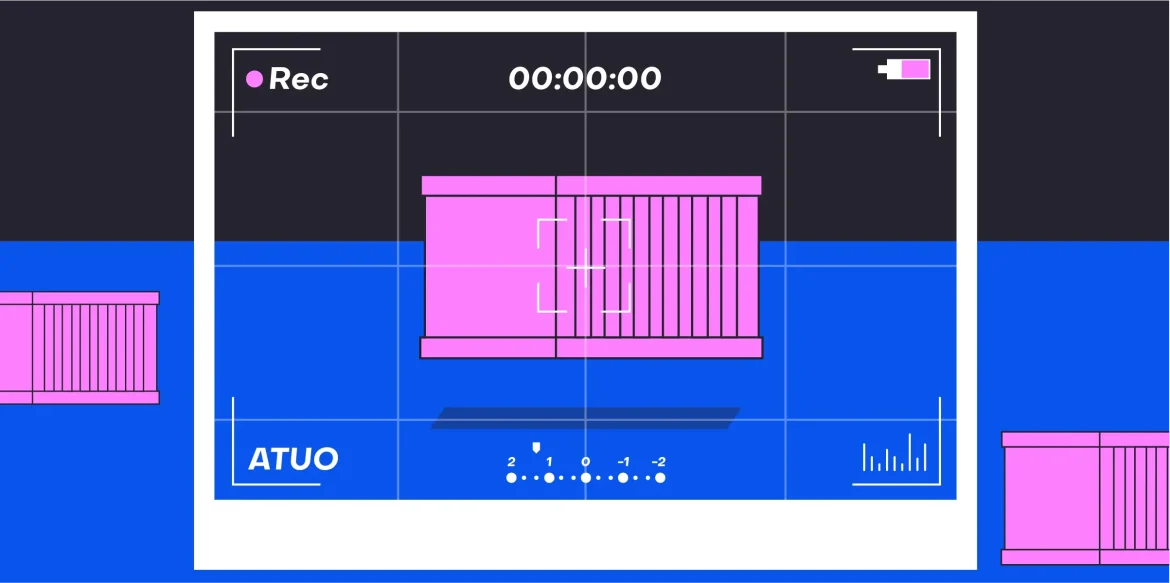The container image signing is one of the critical practices. It can ensure data authenticity and integrity of the container images. Container security is widely used in modern application development. A business is always under threat of data hacks and stealing of data. Image verification assists in reducing the risk of data hacks. For a business, it is required to develop strategies for image signing and authentication strategies.
What is Container Image Signing?
A business can generate a private key for singing images inside a container. The container image security ensures a digital signature for data signing. You can verify and check its authenticity for images and its authenticity. Check the images are not tampered with while it is signed inside of the container.
- Authenticity: Need to know the source of data while adding images inside the container.
- Integrity: Preview the integrity of data before adding it to the container.
What is Container Image Verification?
Container image verification of the data is necessary to check the digital signature. You need to ensure that restrict the images that match expected signature. The reason for that is to confirm that the images are authentic and have not been altered.
Prevents Tampering:
The container image security ensures that images have not been modified. Necessary to be sure that unauthorized parties have no access to data. You need to protect against the injection of malicious code or backdoors.
Ensures Trust:
For a business, it is necessary to confirm that images come from trusted sources. Add images that are from trusted libaries and recheck their source before adding them in containers. Necessary to build confidence in the software supply chain while adding images to the container.
Tools for Image Signing and Verification:
The container image security is easy to implement by using different kinds of signing tools. These tools can detect the source of images and the version of softwares from which it is prepared. It also checks whether the images have malware or injection inside to avoid unauthorized access.
Different tools for ensuring the container image security are as follows:
- Notary: Notary is an open-source tool for verifying container images. It can work for the Docker and other container runtimes.
- Sigstore: The Sigstore is an open-source project for image verification. It provides a framework for signing and protecting software artifacts.
- Harbor: It supports image signing and verification. You can integrate it with the Notary to increase data security.
Conclusion:
Clients are facing common scams, so necessary to check the data before adding it inside containers. The container image security does assist in ensuring that the data is taken from a trusted site or library. The websites related to prohibited content usually track your IP address and you may face various malware and viruses on your system. These viruses may be dangerous for the safety of your data. The other thing which is quite common such websites also money scam the client.

